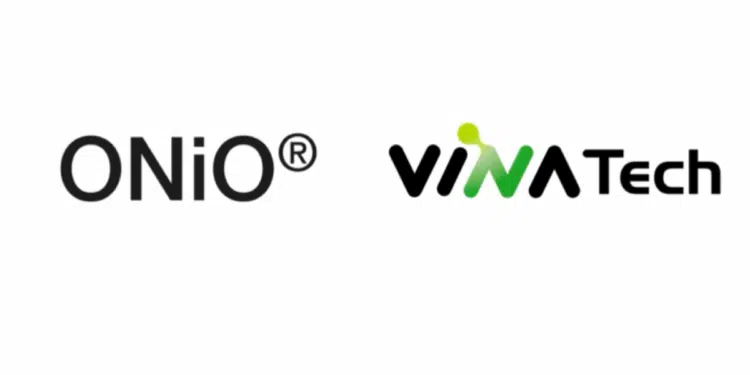VINATech, a leading provider of energy storage solutions, has entered a strategic partnership with Norwegian semiconductor company ONiO to collaborate on enabling sustainable, batteryless Internet of Things (IoT) systems.
This partnership involves integrating VINATech’s supercapacitors into ONiO’s modular hardware stack to support stable and flexible power architectures in energy-harvesting-based IoT environments.
Ambient energy sources—such as light, RF, heat, and vibration—are abundant yet inherently intermittent. Even ultra-low-power systems require consistent energy buffering for real-world deployment. ONiO’s flagship microcontroller, ONiO.zero, is capable of cold-starting under a microwatt, yet still needs a reliable power companion for certain use cases. VINATech’s Hy-Cap® supercapacitor fulfills this role.
VINATech’s Hy-Cap® supercapacitors offer high durability with fast charge/discharge capability, long operational lifespan, and stable performance even in extreme conditions. These advantages make them a strong alternative to batteries, particularly for IoT devices that require long-term, maintenance-free operation. Applicable use cases include electronic shelf labels, air quality monitors, industrial tags, and smart buttons.
ONiO is building a flexible, modular ecosystem that empowers developers with design freedom rather than locking them into rigid hardware stacks. VINATech’s Hy-Cap® line has been incorporated into this ecosystem as a production-ready energy storage component, providing proven reliability and integration flexibility.
This hardware configuration supports rapid prototyping and simplified power design, while maintaining consistent operation in real environments. A representative example is a postage-stamp-sized IoT PCB incorporating an energy harvester, VINATech supercapacitor, and ONiO.zero—offering full energy autonomy in a compact form.
VINATech aims to provide reliable energy storage solutions for commercializing batteryless systems and to contribute to realizing IoT devices that operate on ambient energy without requiring ongoing maintenance. In particular, since VINATech’s supercapacitors are not classified as batteries under EU regulations, they offer added flexibility in product design and certification.
As part of this collaboration, VINATech’s supercapacitors have been adopted as a key component supporting energy harvesting power in ONiO’s ultra-low-power IoT platform. The company plans to continue strengthening global partnerships to support the practical deployment of power-independent electronic devices.
About ONiO
ONiO is a Norwegian fabless semiconductor company building wireless microcontrollers that run on ambient energy — including RF, thermal, solar, and kinetic sources. At the core is ONiO.zero: a RISC-V-based SoC that cold-starts from under a microwatt and integrates compute, radio, memory, and power management on a single die. Designed for battery-optional applications, ONiO chips enable maintenance-free, power-independent devices across IoT, sensing, and edge intelligence. Whether running fully batteryless or paired with advanced energy storage, ONiO’s platform gives developers the tools to design systems that last longer, deploy wider, and waste less.
































